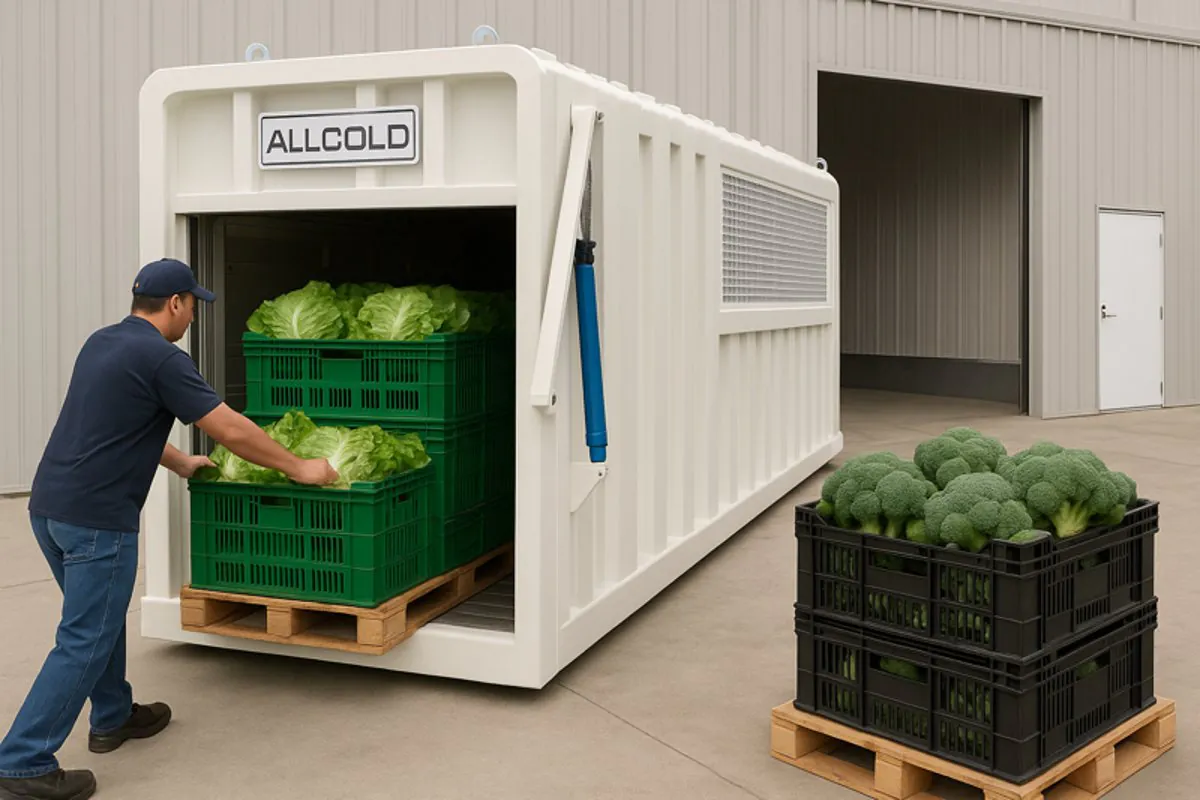
Why Do Some Vegetables Spoil Faster Than Others?
You manage different crops with different needs in the field. But are you treating them all the same after harvest? This one-size-fits-all approach can be your most expensive mistake.
No, vegetables spoil at vastly different rates. Leafy greens with high surface area and respiration rates, like spinach, lose nutrients and moisture extremely fast. In contrast, hardy root vegetables, like carrots, are far more stable.
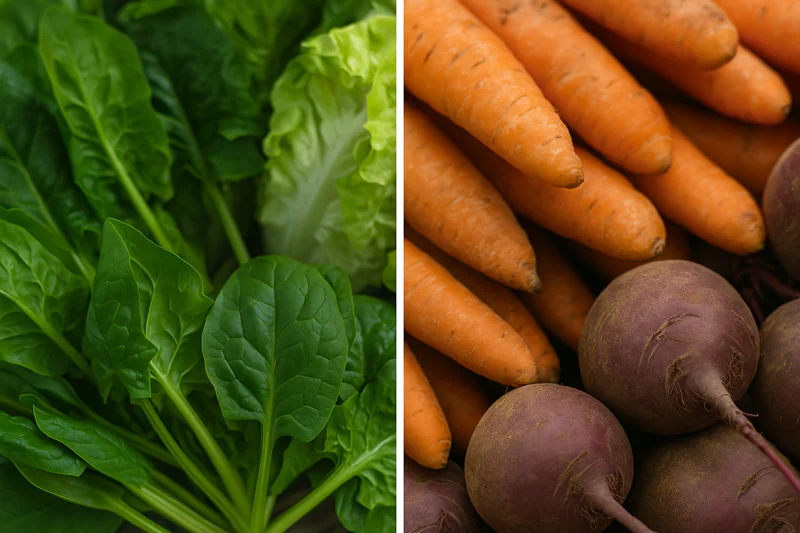
Understanding these differences is crucial for any grower, packer, or shipper. Knowing which of your products is in a race against time allows you to prioritize your cooling strategy, protect your most valuable assets, and prevent unnecessary losses.
Why Do Leafy Greens Lose Nutrients So Quickly?
Have you ever seen a box of spinach or lettuce look perfect at harvest but wilt into a sad, limp pile just hours later? This rapid decline is frustrating and a direct loss of profit.
Leafy greens have a very high surface-to-volume ratio and one of the highest respiration rates of all produce. This means they rapidly "breathe" away their nutrients and lose moisture through their thin leaves.
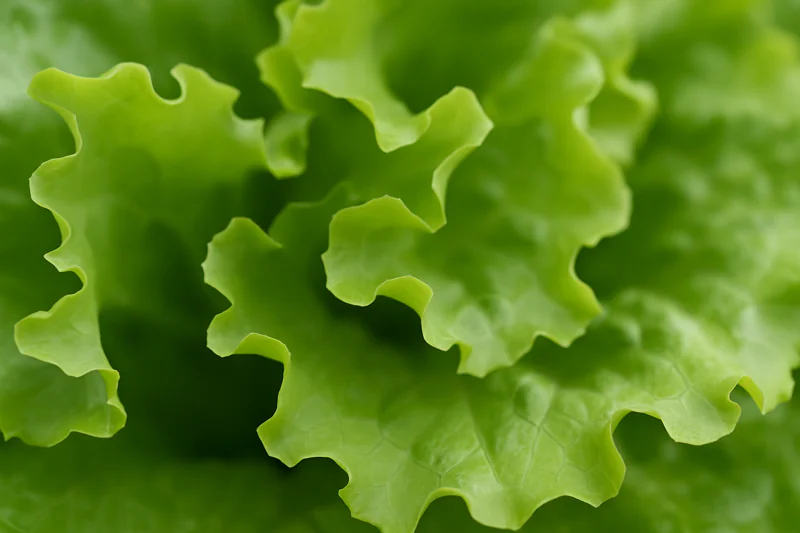
Think of each leaf as a tiny, living engine that is still running after being picked. Respiration is the process where the plant consumes its own sugars and vitamins for energy. Heat acts like a gas pedal on this engine. The higher the temperature, the faster it burns through its fuel (nutrients). Because leafy greens have such a massive surface area, this process is incredibly inefficient and fast. They are not designed by nature for long-term storage; their job on the plant is to photosynthesize, not store energy. A farm owner like Carlos knows this pain well; the time between cutting his lettuce and getting it cooled is the most critical part of his day. Any delay directly translates into lost weight, lost quality, and lost money.
The Double Threat: Water and Vitamins
This high surface area also means rapid water loss, a process called transpiration1. This is what causes wilting. When the cells lose water, the leaf becomes limp. This water loss also stresses the plant, further accelerating the breakdown of sensitive nutrients like Vitamin C2. For a central kitchen manager like Sophia, receiving limp, nutrient-depleted lettuce is unacceptable for her HACCP plans and quality standards. She needs crisp, vibrant, and nutritious greens. This is why rapid cooling methods like vacuum cooling3 are not just beneficial for leafy greens; they are absolutely essential.
| Vegetable Type | Key Challenge | Primary Loss Type | Ideal Handling Requirement |
|---|---|---|---|
| Spinach | Extremely high respiration. | Vitamin C, Folate, Water | Immediate cooling (<1 hour). |
| Lettuce | High surface area, fragile leaves. | Water (wilting), Vitamins | Immediate cooling, gentle handling. |
| Arugula | Very delicate, prone to bruising. | Water, physical damage | Fast cooling, careful packing. |
How Do Root Vegetables and Hardy Produce Retain Nutrients?
On the other end of the spectrum, we have carrots, potatoes, and beets. These seem tough and resilient. Is it safe to assume they don’t need the same urgent attention as leafy greens?
Root vegetables are the plant’s energy storage organs. They have a naturally low respiration rate and a thick, protective skin that minimizes moisture loss, allowing them to retain nutrients for a much longer time.
Unlike a leaf, a carrot or a potato is designed by nature for long-term survival. Its biological purpose is to store sugars and starches to fuel the plant’s growth in the next season. Because of this, its internal "engine" is naturally in a low-power, dormant mode. Respiration is slow. The tough outer skin acts as a fantastic barrier, preventing the moisture inside from escaping and protecting the flesh from bacteria and fungi. This is why root vegetables can be stored for weeks or even months under the right conditions, while leafy greens might not last a few days. Their nutrient loss is a much slower, more gradual process.
Still Not Invincible
However, "slower" does not mean "zero" loss. If left in warm, humid conditions, even root vegetables4 will begin to degrade. Potatoes will start to sprout, converting their valuable starches into sugars and losing quality. Carrots can become rubbery as they slowly lose moisture or bitter as undesirable compounds develop. While they don’t require the same split-second urgency as spinach, cooling them properly5 is still key to maximizing their long-term storage potential6 and ensuring they reach a buyer like Norman in prime condition, even months after harvest. Proper cooling extends their dormancy and preserves their quality for the long haul.
| Vegetable Type | Key Advantage | Potential Long-Term Problem | Best Storage Practice |
|---|---|---|---|
| Carrots | Protective skin, low respiration. | Becoming limp or bitter. | Cool, high-humidity storage. |
| Potatoes | Starch reserves, very dormant. | Sprouting, greening. | Dark, cool, dry storage. |
| Beets | Dense structure, holds moisture. | Becoming soft or shriveled. | Cool, high-humidity storage. |
What About Cruciferous and Fruiting Vegetables?
Between the fragile greens and the tough roots lies a crucial middle category: things like broccoli, cauliflower, bell peppers, and mushrooms. How do they fit into the nutrient loss picture?
This category is tricky. Vegetables like broccoli and mushrooms have surprisingly high respiration rates and behave more like leafy greens. They generate a lot of heat and lose quality quickly if not cooled fast.
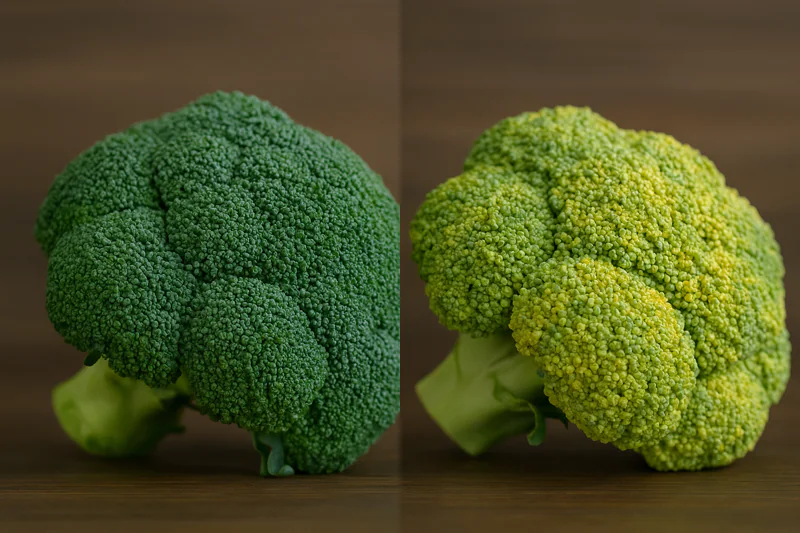
Broccoli is a perfect example of a high-value, high-risk product. A head of broccoli is actually a dense cluster of tiny, unopened flower buds. These buds are areas of intense metabolic activity. A pallet of freshly harvested broccoli can generate so much of its own heat that it can be several degrees warmer in the center than the surrounding air. This self-heating process rapidly degrades chlorophyll (causing it to turn yellow), destroys vitamins, and shortens its shelf life dramatically. Similarly, mushrooms have no protective skin and respire very quickly, leading to browning and texture loss. Bell peppers, while they seem sturdy, will lose water through their skin, leading to unattractive wrinkles and a loss of crispness.
The High-Value, High-Risk Group
For these vegetables, a "wait and see" approach is a recipe for disaster. Their value is directly tied to their visual appeal—the bright green of broccoli, the smooth skin of a pepper. Slow cooling allows for the very decay that destroys this appeal. A buyer like Norman will reject a shipment of yellowing broccoli without a second thought. Vacuum cooling is exceptionally effective for broccoli and mushrooms because it can pull that self-generated heat out from the dense core of the product quickly and uniformly, stopping the degradation process in its tracks.
| Vegetable Type | Main Spoilage Sign | Respiration Rate | Cooling Urgency |
|---|---|---|---|
| Broccoli | Yellowing of florets. | Very High | Extremely High |
| Mushrooms | Browning, slimy texture. | Very High | Extremely High |
| Bell Peppers | Wrinkling, loss of firmness. | Moderate | High |
Can One Cooling Method Handle These Different Needs?
Managing all these different requirements seems complex. Do you need separate systems for each type of produce, complicating your workflow and increasing costs?
Yes, a versatile system like a vacuum cooler is the ideal solution. It provides the essential, ultra-fast cooling needed for the most perishable items like lettuce and broccoli, which are often your highest-value crops.
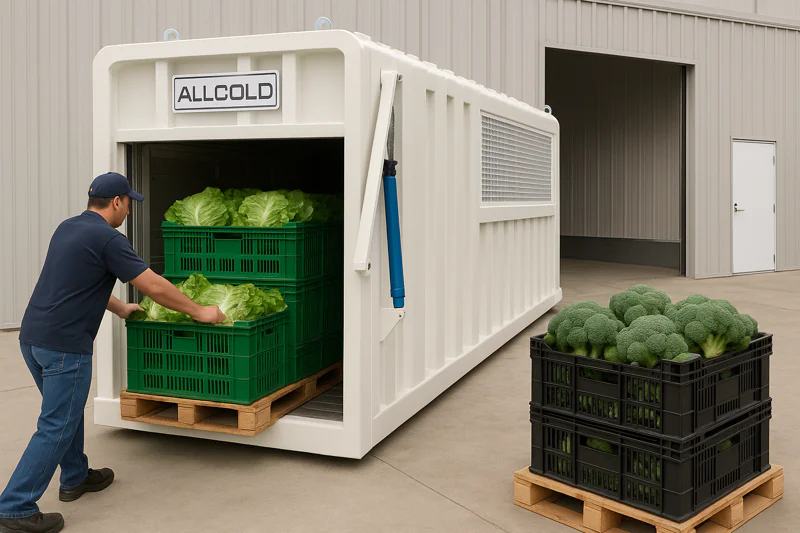
The right way to think about this is to focus on your most vulnerable link. If you grow leafy greens, broccoli, or mushrooms, you need a rapid cooling solution. There is no other way to consistently protect their quality and value. An investment in a vacuum cooler directly protects the bottom line on these high-margin, high-risk crops. It becomes the heart of your quality control system. I always advise my clients, like Carlos who grows a mix of produce, to prioritize their cooling efforts on the items that lose value the fastest. By solving the problem for his lettuce and broccoli, he protects the most sensitive part of his revenue stream.
A Tool for Your Premium Products
For less perishable items like carrots, the role of the vacuum cooler can shift. While not always strictly necessary, having the machine available allows you to rapidly cool even your hardy produce when market conditions demand a quick turnaround or when you are supplying a premium customer7 who demands the highest possible quality. It gives you flexibility. You use it as an essential tool for your delicate produce and as a value-adding option for your hardy produce. This strategy ensures you get the maximum return on your investment by protecting your most fragile products and enhancing the value of your entire harvest.
| Cooling Method | Best For | Why It Works | Strategic Advantage |
|---|---|---|---|
| Vacuum Cooling8 | Leafy greens, broccoli, cauliflower, mushrooms. | Pulls heat uniformly from high-surface-area items. | Protects highest-risk, highest-value crops. |
| Traditional Cold Room9 | Root vegetables, less perishable items. | Slowly lowers temperature over time. | Suitable for long-term storage of hardy produce. |
Conclusion
Vegetables are not all created equal after harvest. By understanding their unique rates of nutrient loss and prioritizing rapid cooling for your most perishable products, you can maximize quality, reduce waste, and build a stronger brand.
-
Learning about transpiration can provide insights into water management and plant vitality, crucial for quality produce. ↩
-
Understanding Vitamin C’s role in plant health can help improve nutrient retention and quality in greens. ↩
-
Exploring vacuum cooling techniques can enhance your knowledge of preserving freshness and nutrients in vegetables. ↩
-
Understanding the best storage methods for root vegetables can help you maintain their quality and extend their shelf life. ↩
-
Learning about the importance of proper cooling can enhance your vegetable storage techniques and prevent spoilage. ↩
-
Exploring ways to maximize long-term storage potential can help you save money and reduce food waste. ↩
-
Discover the expectations and requirements of premium customers in agriculture to better meet their needs. ↩
-
Explore the advantages of Vacuum Cooling to understand how it can enhance the quality and value of your produce. ↩
-
Learn about Traditional Cold Rooms and their effectiveness in preserving root vegetables and less perishable items. ↩

Mila
You May Also Like
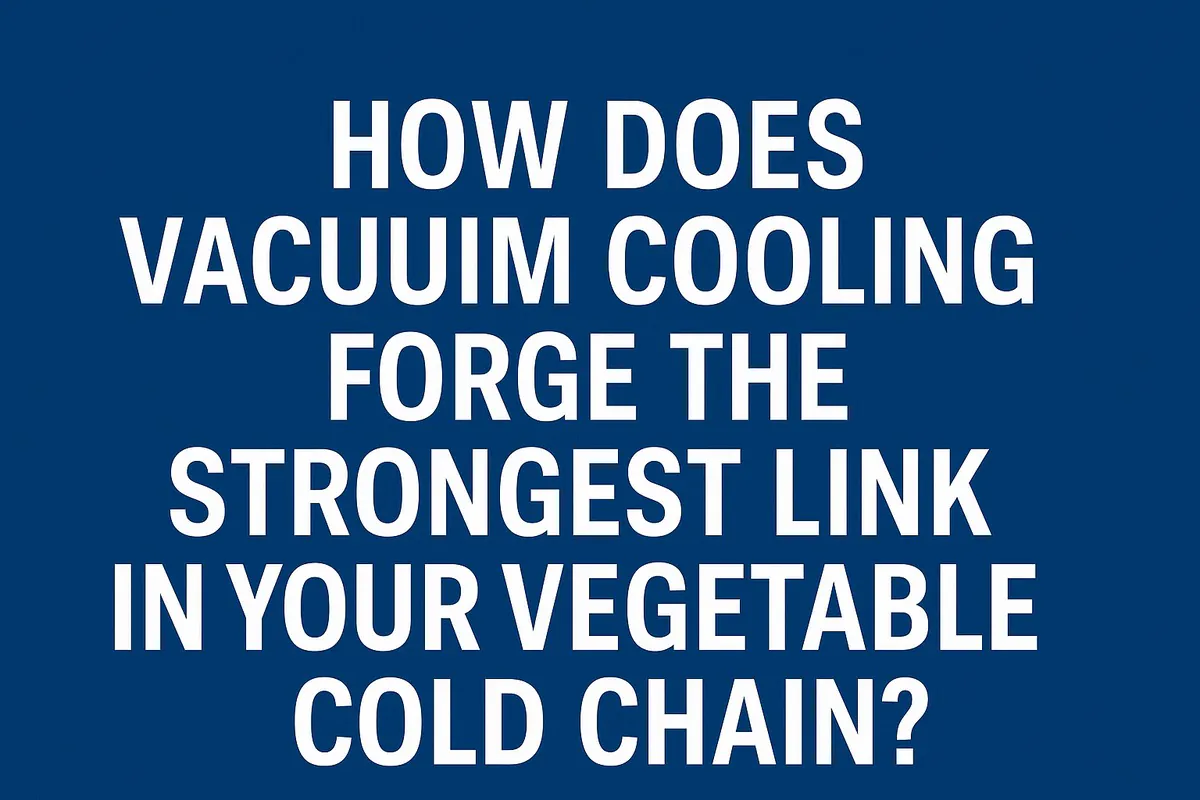
How Does Vacuum Cooling Forge the Strongest Link in Your Vegetable Cold Chain?
You work tirelessly to grow perfect, healthy vegetables. Yet, you know that from the moment of harvest, an invisible clock
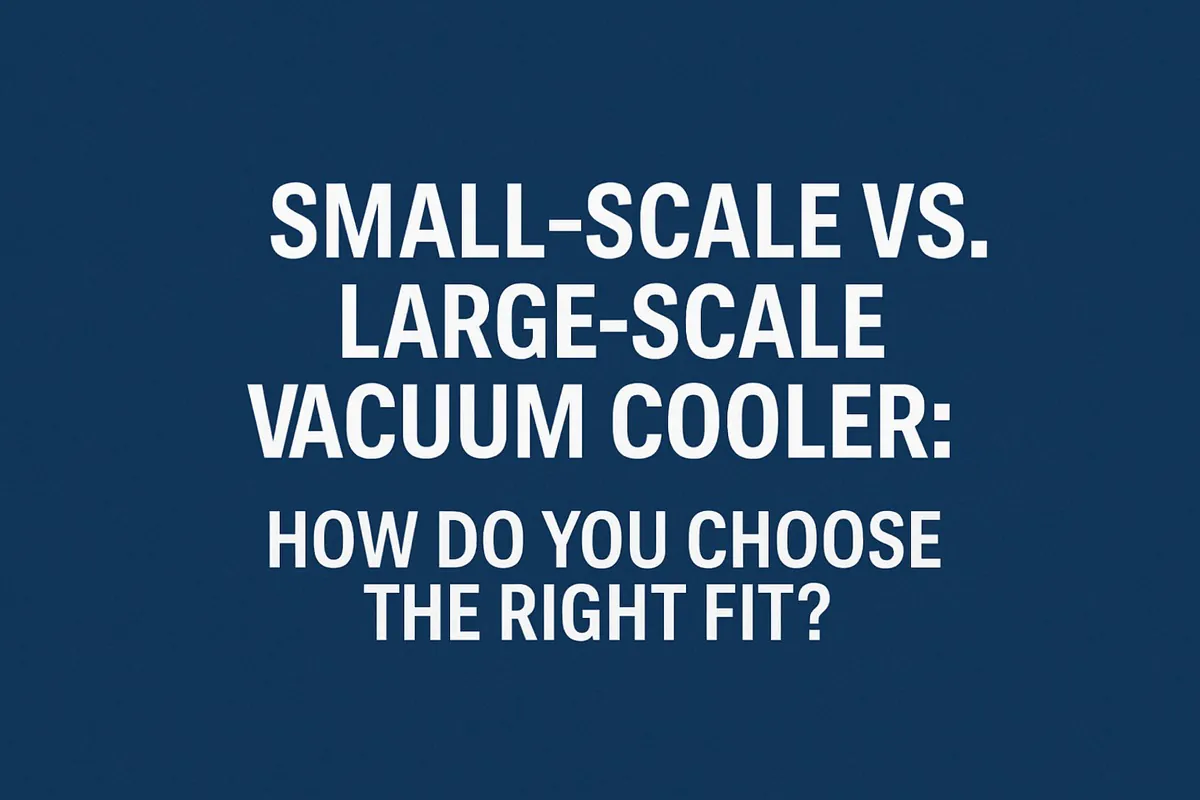
Small-Scale vs. Large-Scale Vacuum Cooler: How Do You Choose the Right Fit?
You’re convinced that vacuum cooling is the key to elevating your product quality, but now you face a critical decision.

How Can You Master Vacuum Cooling for Leafy Greens to Maximize Quality and Profit?
You grow beautiful, vibrant leafy greens, but you know the invisible enemy is time. From the moment of harvest, the
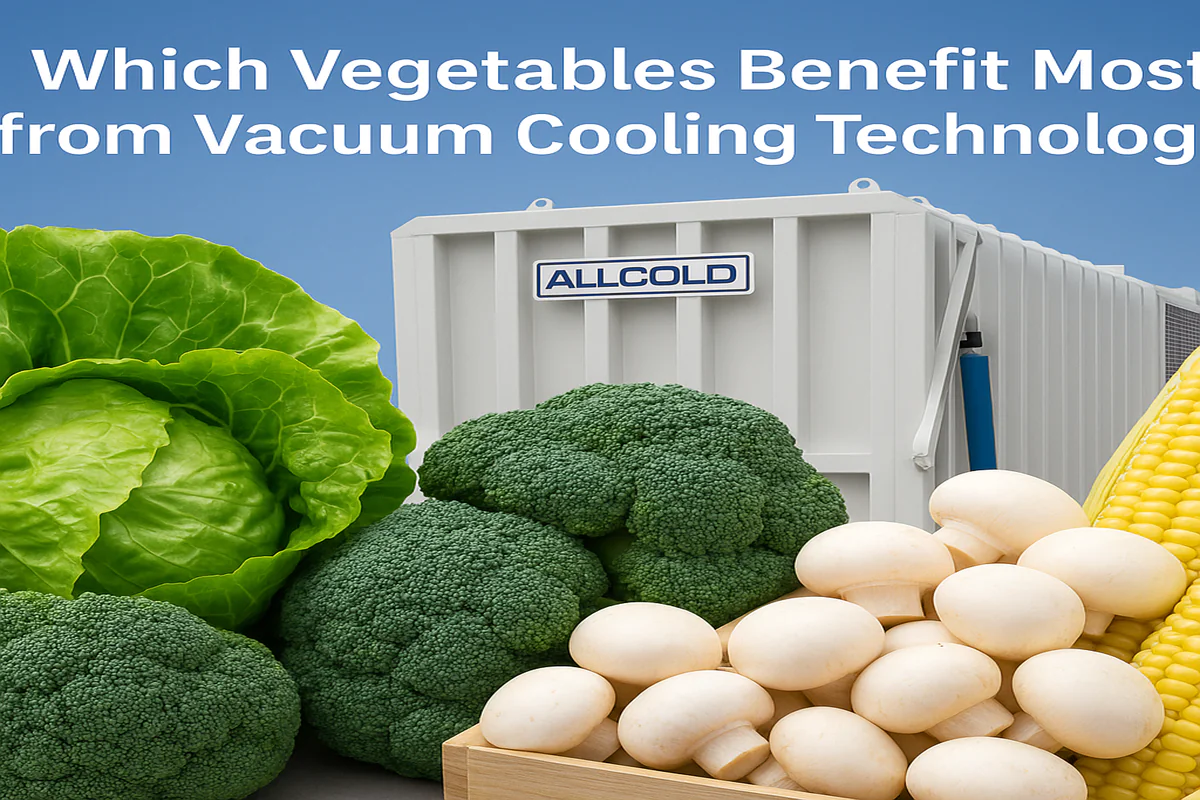
Which Vegetables Benefit Most from Vacuum Cooling Technology?
You see the promise of rapid cooling, extended shelf life, and superior quality, but you’re unsure if this technology is
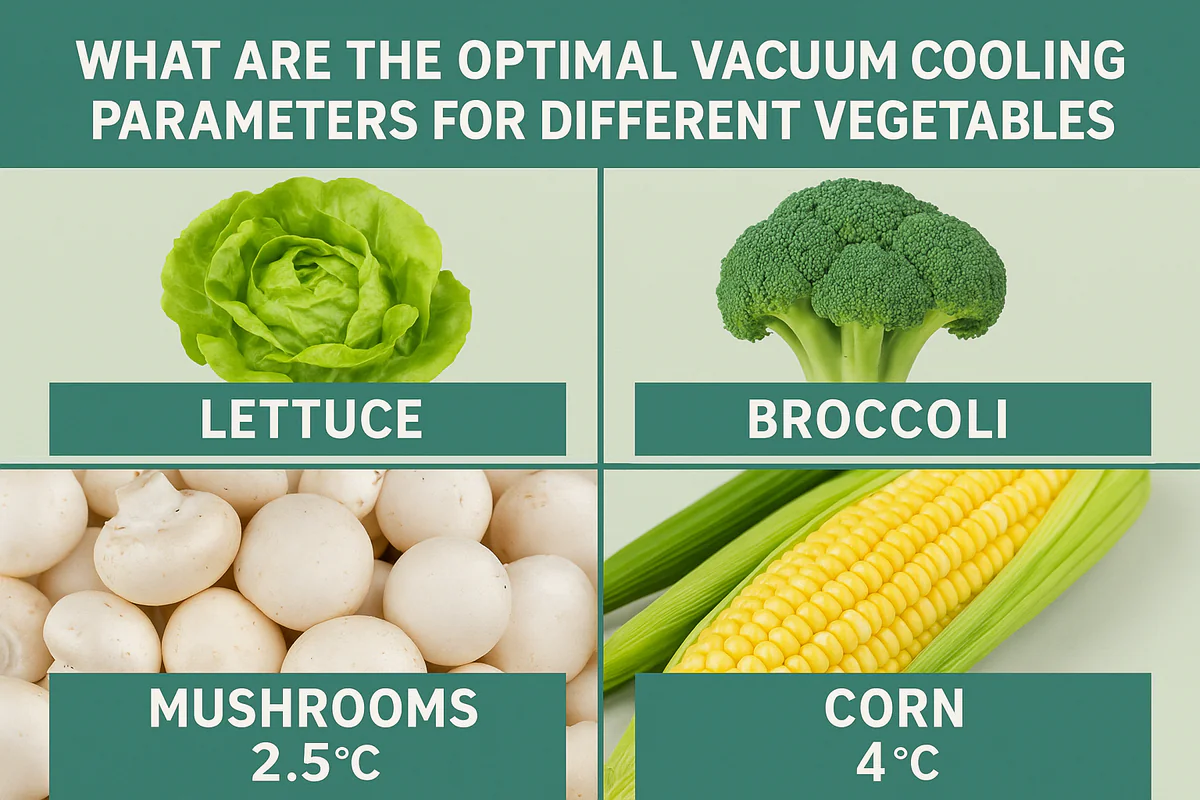
What Are the Optimal Vacuum Cooling Parameters for Different Vegetables?
You’ve harvested beautiful produce, from crisp lettuce to delicate mushrooms. But using a "one-size-fits-all" setting on your vacuum cooler feels
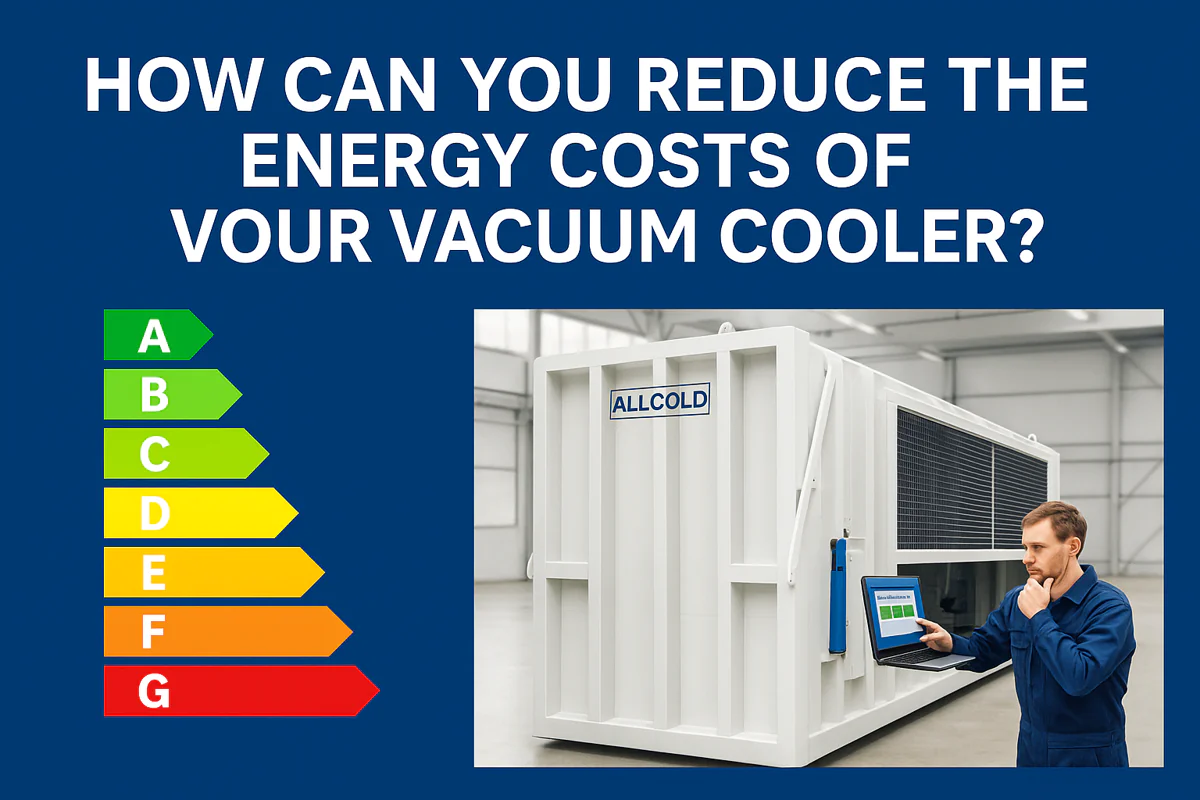
How Can You Reduce the Energy Costs of Your Vacuum Cooler?
Your vacuum cooler is a powerhouse of productivity, but your monthly electricity bill is climbing. You’re starting to wonder if

How Can You Keep Your Vacuum Cooler Running Flawlessly?
Your vacuum cooler is a vital asset, but you’re worried about unexpected breakdowns during peak season. Neglecting maintenance feels like
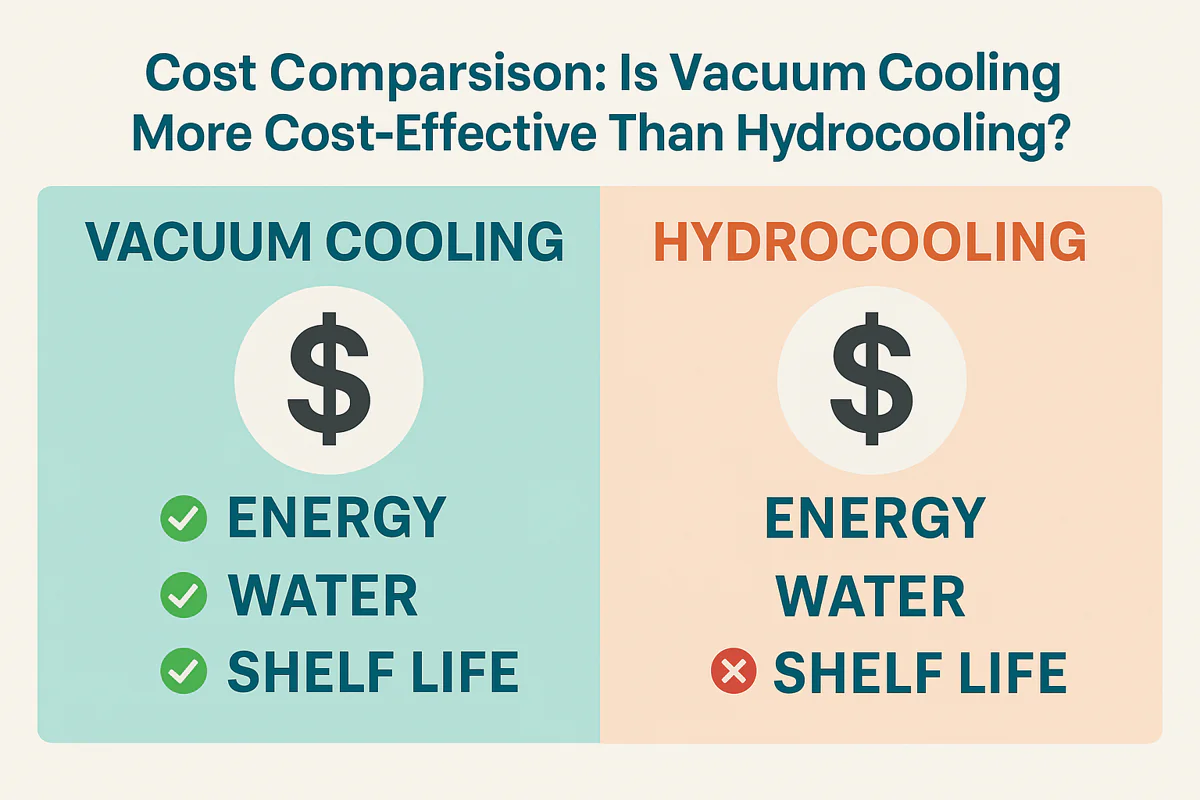
Cost Comparison: Is Vacuum Cooling More Cost-Effective Than Hydrocooling?
Choosing between cooling technologies feels like a high-stakes gamble. You need to lower your operational costs, but the wrong decision
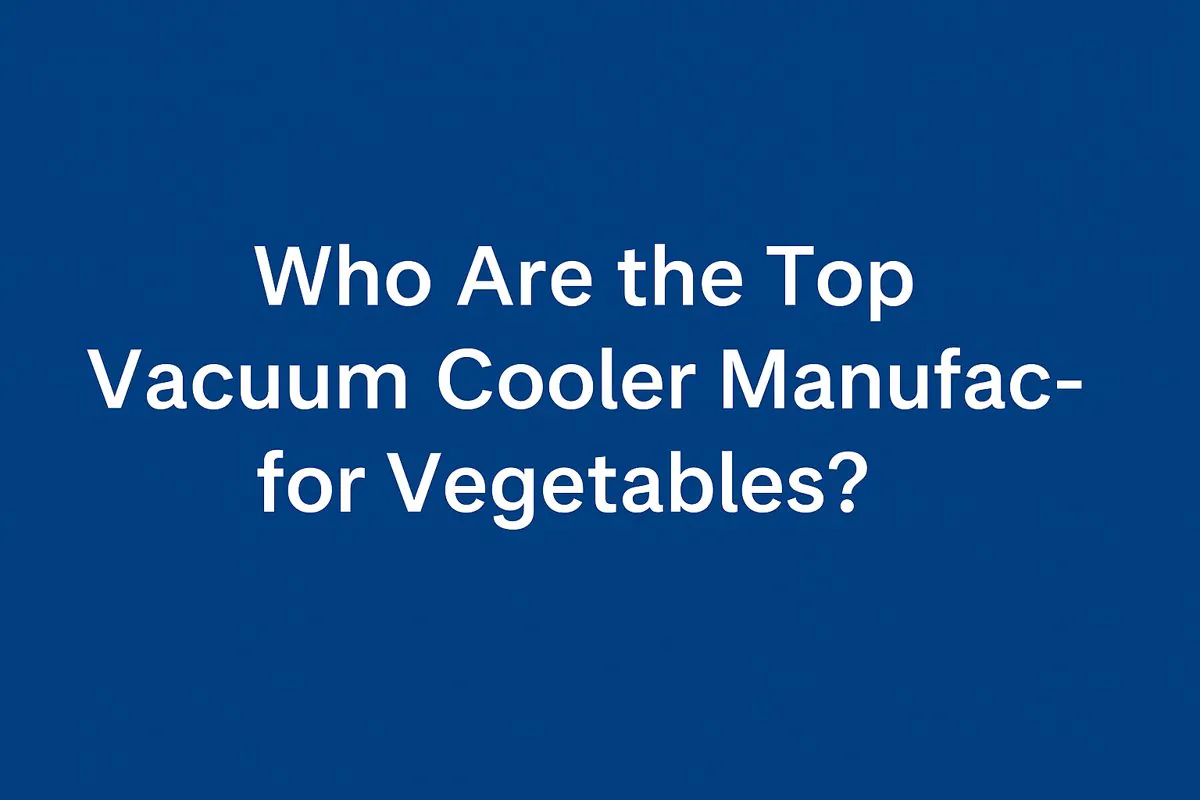
Who Are the Top Vacuum Cooler Manufacturers for Vegetables?
Searching for a list of top vacuum cooler brands can be overwhelming. You’re not just buying a machine; you’re investing
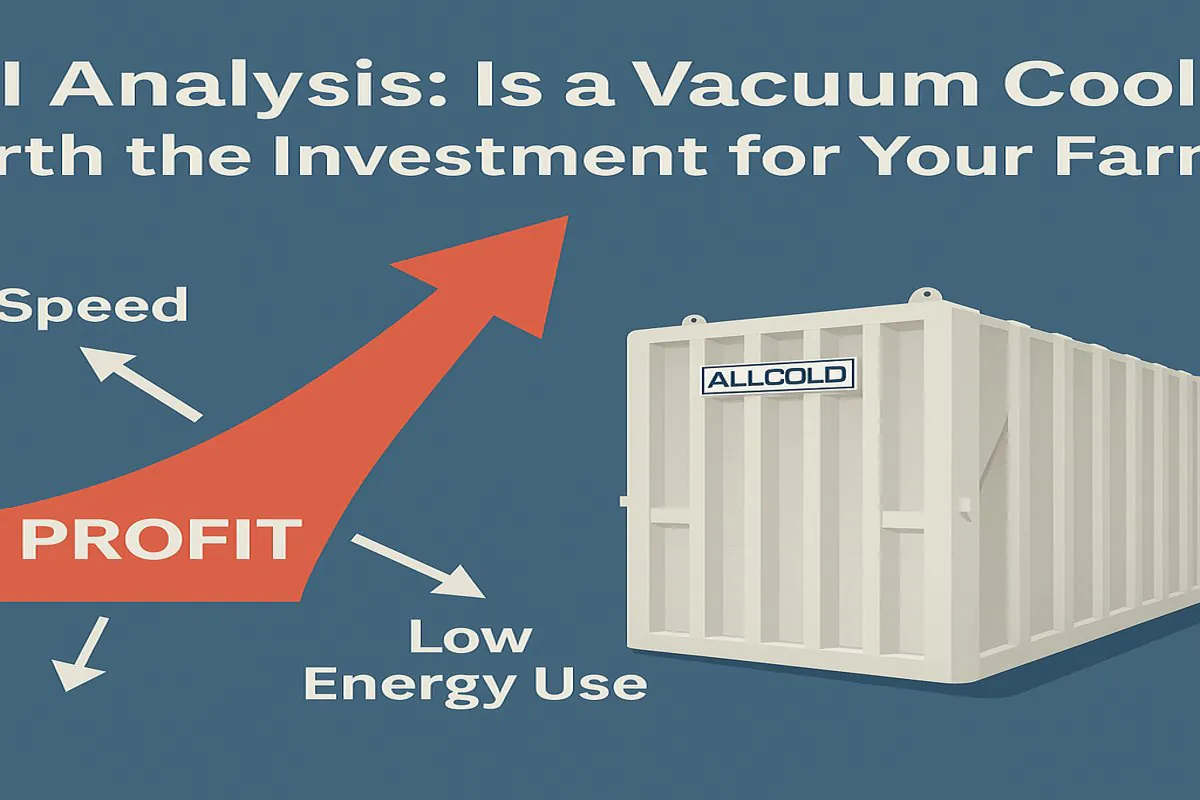
ROI Analysis: Is a Vacuum Cooler Worth the Investment for Your Farm?
You see the high upfront cost of a vacuum cooler and hesitate. But slow cooling methods and post-harvest losses are
